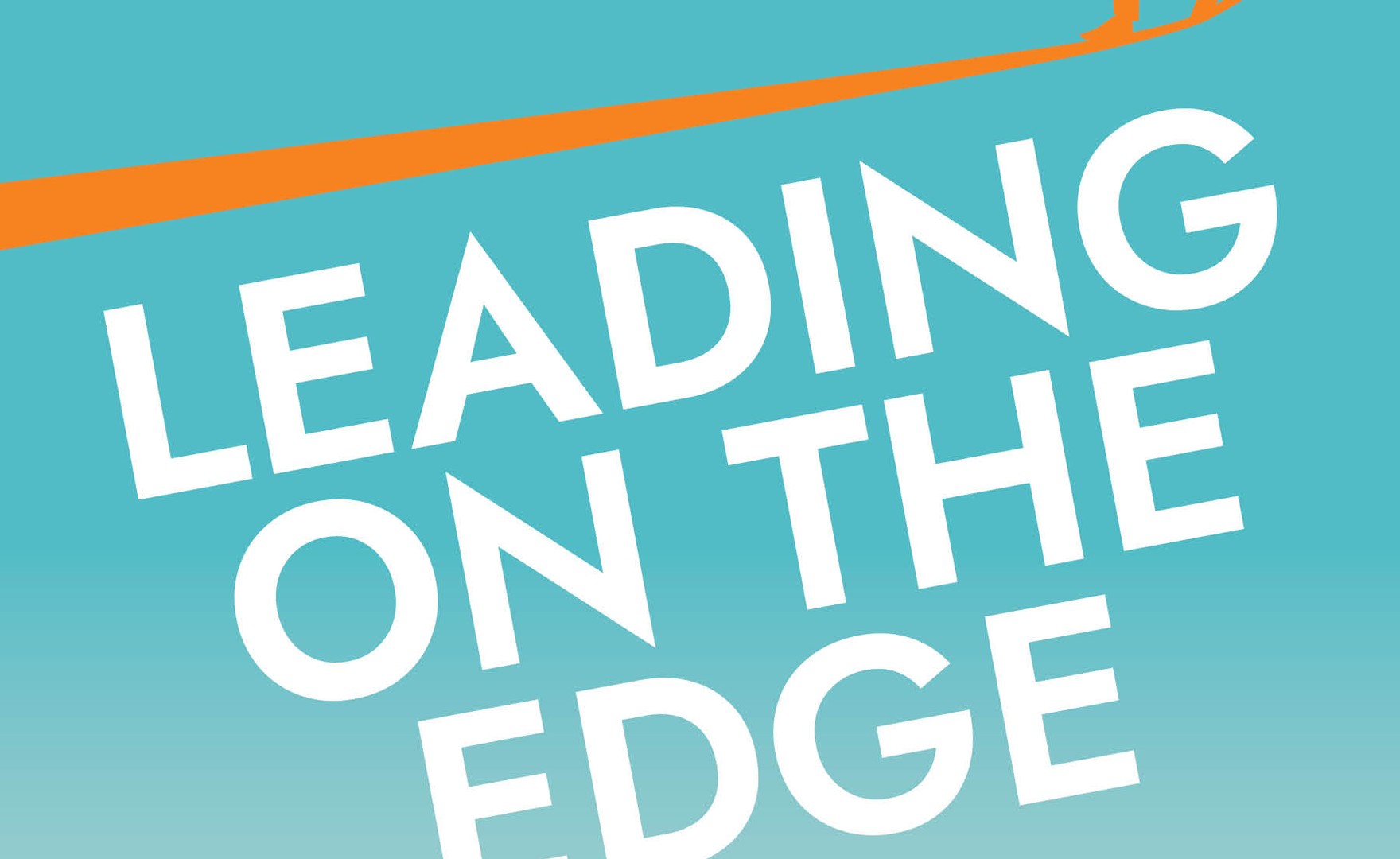Flexibility has emerged as a paramount leadership trait within professional services, consistently highlighted in performance evaluations, strategic initiatives, and executive forums. Yet, a critical distinction remains largely overlooked: the ability to adapt does not always equate to the willingness or enthusiasm to do so. Many professionals merely tolerate change, few are truly energised by it. In today’s climate of relentless shifts in client expectations, technology, and workforce dynamics, simply tolerating change is no longer enough.
So, how can leaders in professional services evolve from being merely adaptable to becoming adapt-eager?
The limits of change-tolerance
Organisations often speak of adaptability in terms of agility, reacting to market changes, adopting new technologies, or responding to global trends. In this model, adaptability is reactive, it's about endurance, survival, or compliance. But enduring change is not the same as embracing it.
As someone frequently invited to speak about change within organisations, I’ve noticed a recurring pattern where clients initially tell me they want their teams to become more adaptable. As our conversations deepen, however, a different reality surfaces, their teams can adapt, they’re just not willing, let alone eager, to do so.
This is not a capability issue. As humans, we are innately adaptive, through time, challenges, and support, we grow. Missing, however, is what I call adapt-willingness, a mindset of openness to new experiences and influences. Furthermore, what organisations truly need is adapt-eagerness, a proactive, passionate drive to seek out and create change before it becomes a necessity.
Why willingness matters
One of the reasons leaders fail to break free from change-tolerance is motivation. If a person`s primary reason for being at work is job security, as opposed to passion, purpose, or impact, most changes will feel burdensome or threatening. When change does not seem to be meaningful, resistance is unavoidable.
Thus, cultivating adapt-willingness begins by asking a foundational question: Why are we here? Refocusing teams on a sense of purpose can reignite the internal motivation needed to approach change not just with acceptance, but with energy.
Adapt-willingness also calls for curiosity and self-awareness. As Pippi Longstocking famously said, “I have never tried that before, so I think I should definitely be able to do that.” This mindset reflects the belief that growth is possible and that unfamiliar terrain is an opportunity, not a threat. Leaders who embody this mind-set invite their teams into change with confidence rather than caution.
The evolution toward adapt-eagerness
Adapt-eagerness is the next step. It’s about moving from openness to action, from embracing change to driving it. An adapt-eager leader doesn’t just manage disruption, they create it. They disrupt the status quo, even when it's comfortable or traditional. They look for better ways to serve clients, empower teams, and innovate processes.
This change in attitude, from “How do I respond to change?” to “What change can I create?” is essential in professional services, where long-standing practices and deeply rooted habits can stifle innovation. Adapt-eager leaders inspire their organisations by modelling that change can be exciting, meaningful, and even joyful.
But let’s be honest - being open to change doesn’t mean it’s always easy. Even self-directed change demands departure from the familiar. It means letting go of certainty and comfort, and it doesn’t mean embracing every change indiscriminately.
As Dr. Neha Sangwan notes, “There’s a pace at which we are now moving that is not in sync with our own biology.” The sheer velocity of change in today’s world can produce what I call adaptation fatigue. Knowing when to pause, reflect, and recover is just as important as knowing when to charge ahead. Adapt-eagerness must be matched with self-awareness and sustainability.
Leading the way
For professional service leaders, the stakes are clear. If you want your team to be more than just compliant with change, you must create a culture where passion, purpose, and proactive thinking thrive. This starts with self-reflection: Am I modeling adapt-eagerness? Am I communicating the why behind the changes I am advocating? Am I creating space for people to inquire, co-create, and engage within the change process?
It also involves fostering environments where stability and transformation coexist. Not every aspect of an organisation must be in flux, but those that are should be approached with intentionality, energy, and a shared sense of opportunity.
Ultimately, adapt-eagerness is more than just a professional skill, it’s a leadership position. It calls us to move past seeing change as something to “get through” and start seeing it instead as something we have the power to shape. And that shift, from passive tolerance to passionate creation, is perhaps the most important one of all.
Our thanks to Zana for sharing this guest article.
About the author
As a bold leadership coach for C-suite leaders and founder of Bold Leadership Culture, Zana has coached and trained hundreds of leaders, partnering with global giants in diverse industries. Her new book, Leading on the Edge is a rallying cry, challenging leaders to face their fears, fall in love with never-ending change, and defy the status quo, no matter how uncomfortable.
